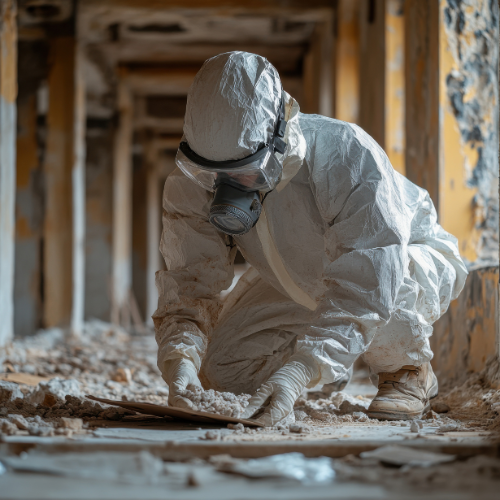Once considered a “male-centric” disease, mesothelioma caused by asbestos exposure no longer discriminates by gender. Men primarily working in blue-collar occupational positions were the first to be diagnosed and do compose a vast majority of victims. Naturally, medical studies and potential treatment options centered around them.
As time goes on with more than 3,000 new diagnoses annually in the United States, studies now show that a growing number of women in the workforce are suffering from a type of cancer with no cure to date.
Women and Mesothelioma
Data from a Lung Cancer International study in 2017 revealed that women make up 19 percent of pleural mesothelioma diagnoses and half of the peritoneal mesothelioma cases. The research also noted that females might be more likely to suffer the latter form of the disease.
Duke University Hospital conducted a study in the American Journal of Surgical Pathology that focused on the effects of malignant mesothelioma on women. Researchers focused on 354 cases, of which 78 percent were diagnosed with pleural mesothelioma, and 22 percent suffered from peritoneal mesothelioma.
While noting that the likelihood of peritoneal mesothelioma was not statistically significant, they found that women are more likely to suffer from a more treatable form of an epithelioid cellular variation of mesothelioma.
The findings should not be all that surprising. Earlier in the 20th century, more women stayed home to care for the household and children. Their husbands, already exposed to asbestos, would come home in uniforms covered with the fibers. The simple act of leaving clothes lying around or laundering them put both their spouses and kids in harm’s way.














